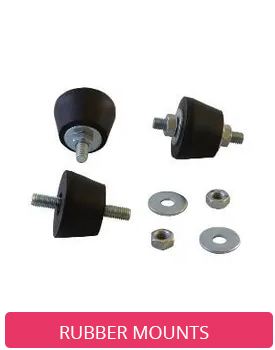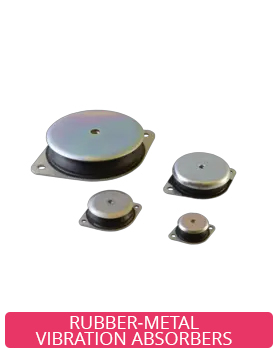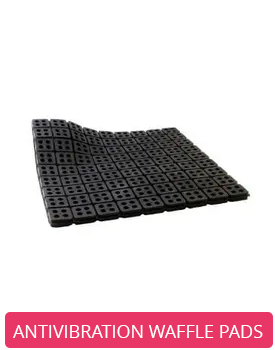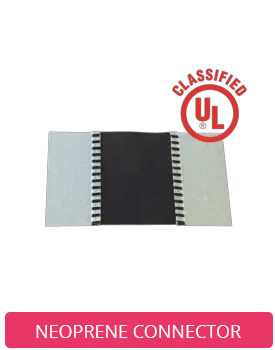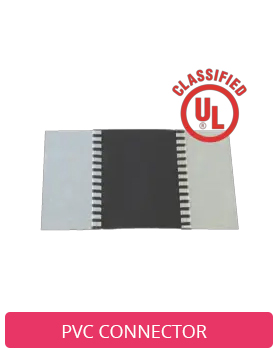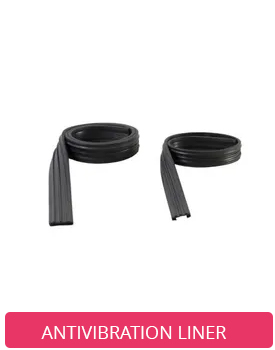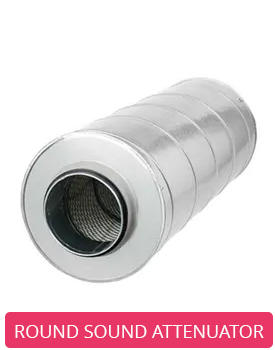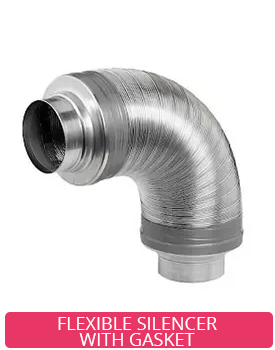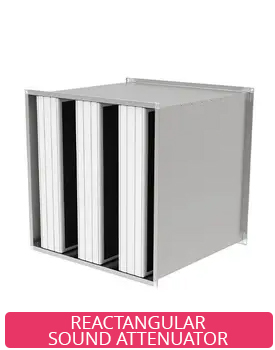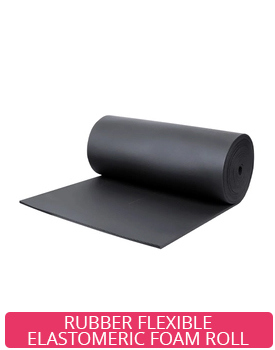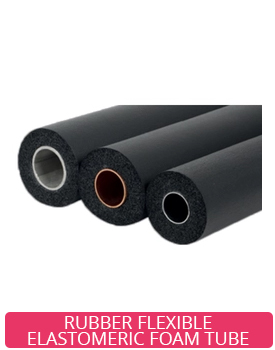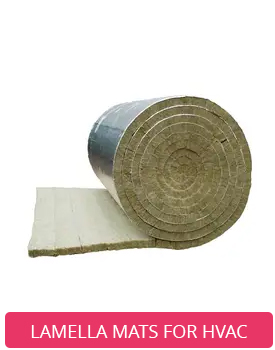Blog
Download our brochure

Stay informed
The significance of eliminating noise in HVAC systems is an often underestimated aspect of system design, yet it plays a critical role in ensuring indoor comfort and environmental quality. HVAC systems are essential for regulating air quality and temperature, but without proper noise reduction measures, they can also introduce significant noise pollution. This can lead to decreased occupant comfort and productivity, particularly in sensitive environments like hospitals, schools, and residential buildings. In this article, we explore the importance of sound insulation and other noise reduction methods in HVAC installations, including the materials, methods, and benefits involved in achieving optimal noise reduction.
Sources of noise in HVAC systems
The two main reasons for the generation of excessive noise in HVAC systems are improper installation of equipment and improper design and sizing. HVAC systems are often comprised from sizeable equipment with moving parts, like compressors and fans, as well as long runs of duct and pipes. Whereas it is normal for outdoor equipment with moving parts to generate significant vibrations and noise, the excessive transmission of these vibrations inside the occupied spaces of the building, though the building structure or through the connected ducts and pipes, is usually a sign of improper installation. In addition, the noise generated by fluid motion inside ducts and pipes can also add to the discomfort of building users. Undersized ducts and pipes lead to excessive fluid velocities and turbulence which results in excessive noise generation. Similar problems arise from undersized grilles and diffusers.
Benefits of minimizing HVAC system noise
Noise reduction in HVAC systems contributes to various benefits that enhance both building quality and occupant satisfaction:
- Enhanced Comfort: Lower noise levels create a quieter, more comfortable environment, particularly in residential and healthcare settings.
- Improved Productivity: In workplaces, reducing background noise contributes to higher productivity and reduces stress levels for occupants.
- Increased Property Value: Buildings with effective sound insulation and quieter HVAC systems often attract higher valuations and occupancy rates.
- Regulatory Compliance: Many regions require HVAC systems to meet specific noise standards, especially in mixed-use buildings or areas sensitive to noise pollution.
Materials and techniques for minimizing noise in HVAC
There are a number of different solutions available to HVAC system designers and installers, to help alleviate the problem of excessive noise. Implementation of such measures not only mitigates noise pollution but also enhances system efficiency and protects system components from damage caused by vibration and excessive stress. Some key materials and techniques include:
Anti-vibration mounts
They isolate equipment from the building structure, reducing the transmission of vibrations and noise. They are typically made of rubber, springs, or other flexible materials that can absorb vibration energy
Flexible Duct Connectors
These connectors, prevent vibrations from fans and equipment from traveling through rigid ductwork. They are typically constructed with a flexible fabric core enclosed within a metal or plastic outer shell.
Sound attenuators
Is a noise control device used in HVAC systems to reduce the transmission of noise through ductwork. It typically consists of a chamber lined with sound-absorbing materials.
Duct insulation
Duct insulation, besides minimizing noise in ducts and pipes, can also offer the additional benefits of reducing heat transfer as well as unwanted condensation.
Conclusion
By carefully considering these strategies and consulting with HVAC professionals, it is possible to significantly reduce noise levels in HVAC systems. A quieter environment not only enhances occupant comfort but also improves productivity, concentration, and overall well-being. Investing in noise reduction measures can lead to a more peaceful and productive building. By addressing noise issues proactively, building owners and operators can create spaces that are both functional and harmonious, fostering a positive atmosphere for occupants.
Implementing noise reduction measures in existing HVAC systems is a straightforward process, often requiring minimal disruption. By carefully assessing the specific noise sources and applying appropriate techniques, it's possible to significantly reduce noise levels. The aforementioned group of products can easily be retrofitted into existing systems, in the cases where the necessary provisions to eliminate noise were not taken, at the initial stage of design and installation.

